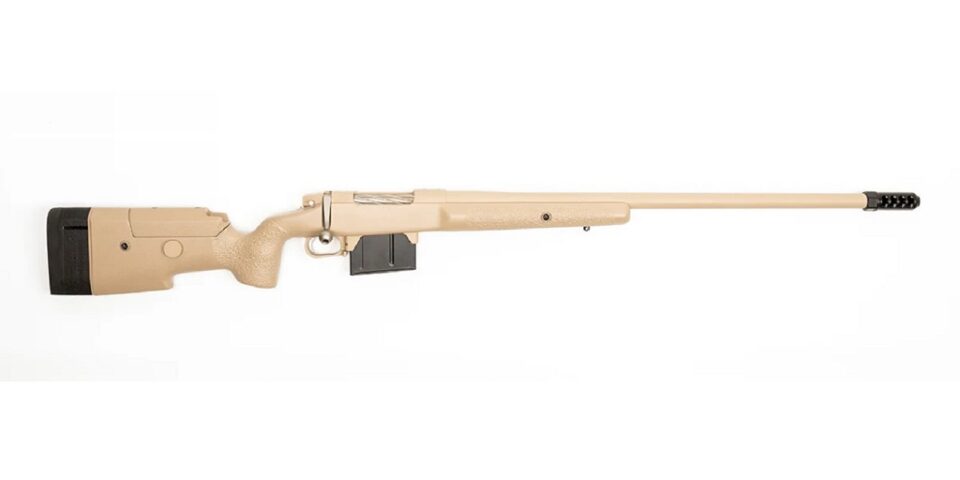Are you the proud owner of a McMillan TAC338a rifle? You are not exempt from basic gun maintenance, the most elementary example of which is keeping the action and bore clean.
So this short post will tell you what you need to know.
Why Cleaning Your Rifle Clean Is Important
First, a word of defense on why cleaning your rifle is so important.
The main reason here is to preserve the functionality of the action and the accuracy of the rifle.
Even a little bit of fouling in the chamber or around the head of the bolt can make it difficult to feed the cartridge, or to extract and eject the spent case.
As for fouling in the bore, too much of it can adversely impact accuracy, which is a serious concern at the extended ranges at which you likely shoot your TAC338a.
On top of that, leaving fouling in place will create tar (where the fouling encounters grease and oil) which is very difficult to remove. And even if that were not the case, fouling can accelerate the formation of corrosion on metal parts.
Now, this is true of any rifle, even a little .22 plinkster. We are talking about the McMillan TAC338a rifle, one of the finest precision rifles ever created, and one that’s often reserved for extreme long-range shooting.
At close ranges, you might never notice the adverse effects fouling had on accuracy. But at 500, 1000, 1500 yards? You’d better bet you will.
So with that said, here’s a quick overview of cleaning your McMillan TAC338a bolt and bore.
Basic Notes for Cleaning Your McMillan TAC338a Rifle
First thing, drop the magazine and clear the rifle. Visually and physically inspect the rifle to ensure that it is unloaded. Place the magazine to the side and set up a clear, bright workspace with no distractions.
Remove the bolt by opening the action and pulling the bolt all the way to the rear; depress the bolt stop to remove the bolt from the receiver and place the bolt down on your cleaning surface.
With the bolt removed, you will not need to remove the barrel from the stock as you will be able to clean it partially assembled (one of the benefits of bolt-action design).
First, let’s look at the bolt. The bolt face is prone to building up fouling, especially around the extractor claw. Use a nylon brush and some bore solvent, like Hoppe’s No. 9, to dislodge any fouling deposits there, then wipe the bolt clean.
Next, turn your attention to the bore. Look through it with a bore light from chamber to muzzle and you’ll see where the dark streaks and flecks of fouling have been left.
For a basic cleaning (wherein we will just be removing powder fouling and not copper fouling, which is a separate issue) you will need a cleaning rod, an appropriate cleaner (like the Hoppe’s No. 9 invoked above), some bore brushes, and a cleaning jag with patches.
First, soak a bore brush in the cleaning solvent, then run it through the bore from chamber to muzzle. Always clean in this direction to avoid damaging the muzzle crowning which is critical to long-range accuracy.
Run the brush through a few times, then remove it, and install the cleaning jag with a patch. Run it through the bore from chamber to muzzle.
The first one should come out nearly black. Replace it with a fresh patch and repeat the process till the patches come out clean and white.
Take a bore light to the bore and look again; the inside surface should look like a mirror.
Reassemble your rifle by re-installing the bolt, and you’re good to hit the range once again.
For more information about Cheytac Intervention M200 and Armalite Ar-50 A1 Please visit: B&B Firearms LLC.

